Clotrimazole Anti-Fungal Powder for Cats: Complete Guide to Safe and Effective Fungal Treatment
Cats, like humans, can suffer from a range of skin infections caused by fungi. These infections can lead to itching, redness, hair loss, and discomfort. Clotrimazole Anti-Fungal Powder 100g is a go-to solution in feline dermatology for treating these conditions. It offers a topical, non-invasive, and highly effective remedy for various superficial fungal infections.
What is Clotrimazole?
It is widely used in both human and veterinary medicine to treat dermatophytosis, candidiasis, and other fungal-related skin infections.
It works by disrupting the fungal cell membrane, causing the death of the fungus and resolution of the infection. Available in various forms such as creams, ointments, sprays, and powders, Clotrimazole Powder is favored for its drying effect and ease of use on hairy or moist areas.
How Clotrimazole Works in Cats
Clotrimazole targets the ergosterol synthesis in fungal cell membranes — a key component that provides structural integrity. By inhibiting the enzyme lanosterol 14α-demethylase, the drug weakens the cell wall, making it permeable and eventually killing the fungus.
Mechanism Highlights:
- Fungistatic at low concentrations
- Fungicidal at high concentrations
- Particularly effective against Malassezia, Microsporum, Candida, and Trichophyton
This localized action ensures minimal systemic absorption, making it safe for topical use in most cats.
Indications: When is Clotrimazole Used for Cats?
Clotrimazole Powder is indicated for:
| Condition | Pathogen | Symptoms in Cats |
| Ringworm (Dermatophytosis) | Microsporum, Trichophyton | Circular lesions, scaly patches, hair loss |
| Yeast infections | Malassezia pachydermatis | Greasy coat, odor, excessive licking |
| Intertrigo (skin fold dermatitis) | Mixed fungal flora | Redness and irritation in skin folds |
| Otitis externa (fungal ear infections) | Candida, Malassezia | Ear scratching, head shaking, discharge |
| Secondary infections | Opportunistic fungi | Fungal overgrowth post-bacterial infection |
Key Benefits of Clotrimazole Powder
- Non-greasy formula ideal for furred animals
- Reduces moisture in infected areas (especially folds, ears, toes)
- Broad-spectrum coverage against fungal pathogens
- Odor control due to antifungal action
- Soothing effect with regular use
- Minimizes fungal spread in multi-pet households
Application Areas: Common Fungal Hotspots in Cats
Fungal infections often occur in warm, moist, or hard-to-clean areas on a cat’s body. Typical areas include:
- Between toes
- Under the tail
- Around the neck and collar area
- Inner thighs and groin
- Ears and ear canal
- Chin and lips (in long-haired breeds)
Clotrimazole Powder can be gently dusted on these areas to prevent and treat infections.
Proper Usage and Application Guidelines for Clotrimazole Powder
Correct dosage and application are key to achieving effective and safe results.
General Dosage Guidelines
| Condition | Application Area | Frequency | Duration |
| Ringworm (Dermatophytosis) | Directly over lesion + 1 cm margin | 2 times daily | 2–4 weeks or as prescribed |
| Yeast infections (Malassezia) | Groin, armpits, skin folds | 1–2 times daily | 7–14 days |
| Skin fold dermatitis | Between folds, under tail | After cleaning (1–2x/day) | Until symptoms resolve |
| Interdigital infections | Between toes | Once daily | 10–14 days |
| Preventative use (multi-pet) | Susceptible areas (ears, paws) | Once daily | During high-risk periods |
Step-by-Step Application Instructions
- Apply Clotrimazole Powder
Lightly dust the affected area with a thin, even layer. Do not overapply—excess powder can clump and trap moisture. - Massage Gently (Optional)
If the area is accessible, gently rub the powder into the fur and skin to increase contact with the fungal infection. - Prevent Grooming
Use an Elizabethan collar (E-collar) if necessary to prevent your cat from licking or ingesting the powder.
Frequency and Duration of Use
- Typical frequency: 1 to 2 times daily
- Continue treatment: For at least 3–5 days after symptoms resolve
- Full duration: Varies from 7 days to 4 weeks, depending on severity and veterinary advice
Important Administration Tips
- Never apply to broken, bleeding, or oozing skin
- Avoid eyes, nose, mouth, and genital areas
- Always follow your vet’s instructions, especially for chronic or widespread infections
- Monitor for any irritation or allergic reaction after first application
Important Safety Information and Restrictions for Clotrimazole Use in Cats
Safety Overview
Clotrimazole Anti-Fungal Powder is generally regarded as safe for topical use in cats when used according to veterinary directions. Due to its localized action and minimal systemic absorption, it presents a low risk of toxicity compared to oral antifungals.
However, proper application and owner vigilance are essential to ensure the cat does not ingest or overreact to the medication.
Precautions to Observe Before and During Use
To maximize effectiveness and avoid complications, consider the following precautions:
- Avoid Contact with Eyes, Nose, and Mouth
Clotrimazole can irritate mucous membranes. Never apply near a cat’s eyes, lips, nostrils, or inside the ears unless specifically directed by a veterinarian. - Prevent Ingestion by Grooming
Cats may lick treated areas. Use an Elizabethan collar (e-collar) or distract them after application to prevent ingestion. - Clean and Dry Skin Before Application
Apply only to clean, dry, unbroken skin. Moisture can reduce powder effectiveness and worsen fungal growth. - Do Not Apply to Open Wounds or Sores
Avoid areas with cuts, bleeding, or raw skin, as clotrimazole can cause stinging or further irritation. - Use Gloves or Wash Hands After Handling
To avoid accidental transfer of fungi or medication to your skin or other pets, always wash your hands thoroughly after use. - Pregnant and Lactating Cats
Though topical clotrimazole is not known to cause systemic issues, consult your veterinarian before using on pregnant or nursing queens. - Avoid Excessive Use
Overuse can dry out the skin or cause chemical irritation. Use only as directed.
Contraindications
Clotrimazole Anti-Fungal Powder should not be used in the following situations:
- Cats allergic to imidazole antifungal agents
(Symptoms may include swelling, hives, or severe itching) - Systemic fungal infections
Clotrimazole is for topical use only and will not treat internal or bloodstream infections. - Cats with known skin hypersensitivity
Especially those with a history of contact dermatitis or allergic skin reactions. - Deep skin infections
If the fungal infection extends below the superficial layer (e.g., into hair follicles or dermis), oral antifungal treatment may be required instead.
Side Effects
Clotrimazole Anti-Fungal Powder is usually safe for cats, but side effects may occasionally occur and should be monitored:
- Gastrointestinal Signs (if ingested): Drooling, nausea, or vomiting may occur if your cat licks the treated area.
- Allergic Reactions (rare): Swelling, hives, or rash—indicates hypersensitivity.
- Serious Reactions (very rare): Difficulty breathing or facial swelling may suggest anaphylaxis and require immediate veterinary care.
Observing Your Cat for Potential Side Effects
- Check the skin 5–10 minutes after application.
- Look for excessive redness, burning, or signs of discomfort.
- Watch for behavioral changes, such as hiding, vocalizing, or aggression when touched.
- Examine for signs of gastrointestinal upset if ingestion occurs (vomiting, loss of appetite).
What to Do if Side Effects Occur
- Mild Reactions
Stop use for 24–48 hours. Wash off any residue. Reintroduce cautiously, using a small patch test. - Moderate Reactions
Discontinue use completely and contact your vet for an alternative antifungal. - Severe Reactions or Ingestion
Seek immediate veterinary attention.
Veterinary Research and Clinical Data on Clotrimazole Powder Use in Cats
Clotrimazole has been extensively studied in both human and veterinary dermatology for its effectiveness against fungal skin infections, including those commonly found in cats. As a broad-spectrum imidazole antifungal, it has shown consistent results in treating dermatophytosis (ringworm), candidiasis, and yeast dermatitis.
Veterinary Clinical Studies
- Journal of Feline Medicine and Surgery (2014):
In a controlled clinical trial involving cats diagnosed with Malassezia pachydermatis dermatitis, topical clotrimazole formulations (including powders and creams) showed over 90% clinical improvement within two weeks. The study emphasized the localized safety of clotrimazole and its efficacy when used on intact skin. - Veterinary Dermatology Journal (2011):
A study comparing clotrimazole powder vs. miconazole spray in cats with ringworm caused by Microsporum canis concluded that clotrimazole provided faster symptom relief, especially when combined with mild antiseptic cleansing. The powder form was particularly effective for long-haired breeds and sensitive areas. - Canadian Veterinary Journal (2017):
Veterinary researchers evaluated otitis externa in cats caused by Candida albicans and Malassezia. Clotrimazole-based ear treatments significantly reduced yeast load and inflammation within 7 days, confirming its role as an adjunct therapy for fungal ear infections.
Efficacy and Mode of Action
- It has been shown to be fungistatic at low doses and fungicidal at higher concentrations, which explains its success in treating both mild and persistent infections.
- Veterinary dermatologists report high compliance among cat owners due to the ease of powder application and minimal side effects.
Expert Veterinary Opinion
Veterinary dermatologists and practitioners commonly recommend Clotrimazole for:
- Localized ringworm lesions
- Skin fold dermatitis in obese or brachycephalic cats
- Fungal overgrowth following antibiotic use
- Maintenance therapy in chronic fungal-prone felines
It is also frequently used in shelters and catteries to reduce transmission of dermatophytes, where environmental control is challenging.
Tips for Cat Owners on Proper Usage
- Always apply to clean, dry skin
- Use a soft brush to remove crusts before applying
- Gently dust, don’t overuse
- Reward your cat post-treatment to reduce stress
- Monitor for signs of improvement in 3–5 days
Conclusion
Clotrimazole Anti-Fungal Powder 100g is a safe, effective, and accessible solution for treating a variety of superficial fungal infections in cats, including ringworm, yeast infections, skin fold dermatitis, and paw infections. Its broad-spectrum antifungal properties make it a trusted choice among veterinarians and pet owners alike. When used as directed, Clotrimazole offers rapid symptom relief—reducing itching, redness, and fungal growth—while minimizing the risk of side effects. It is well-tolerated by most cats, requires no prescription for over-the-counter use in many regions, and can even be used preventatively in multi-cat households or shelters.







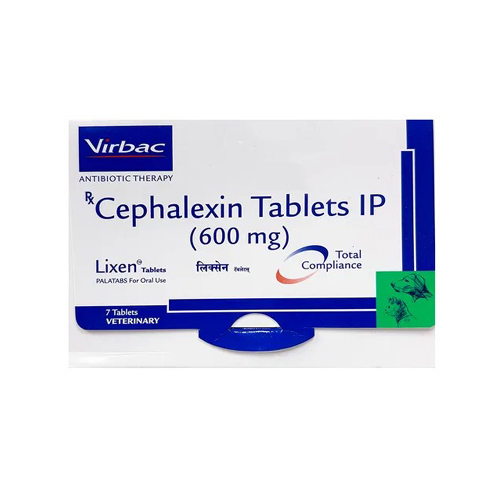
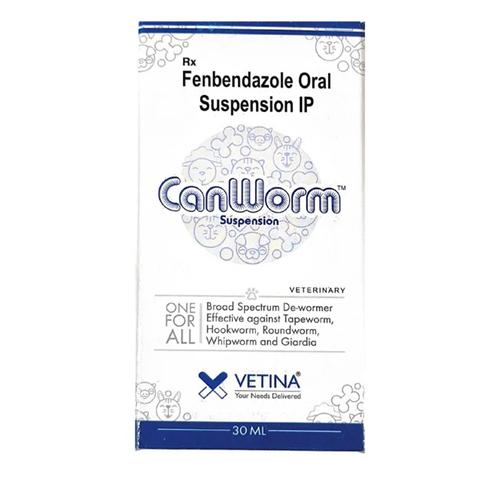



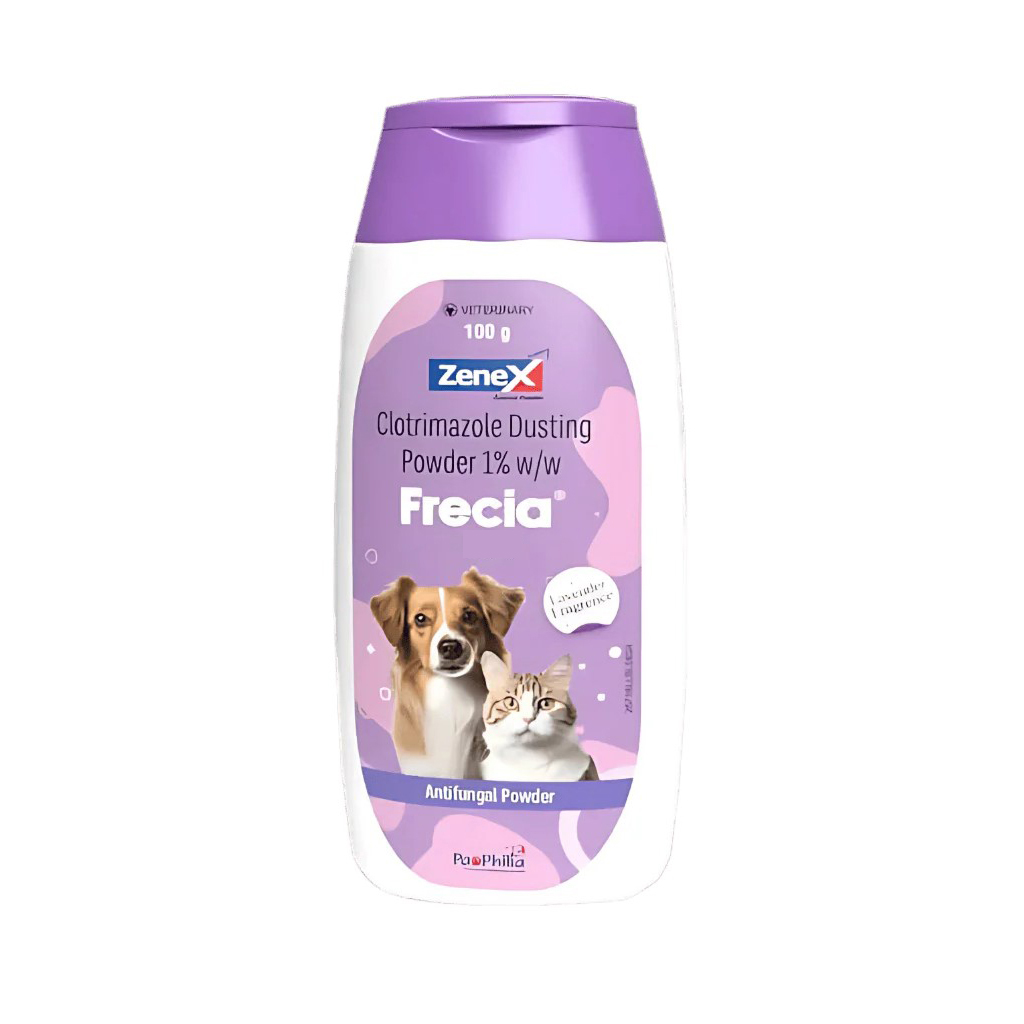
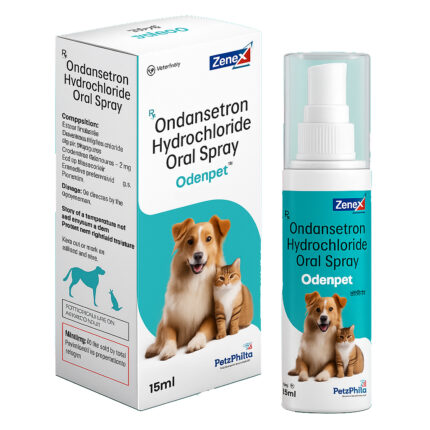
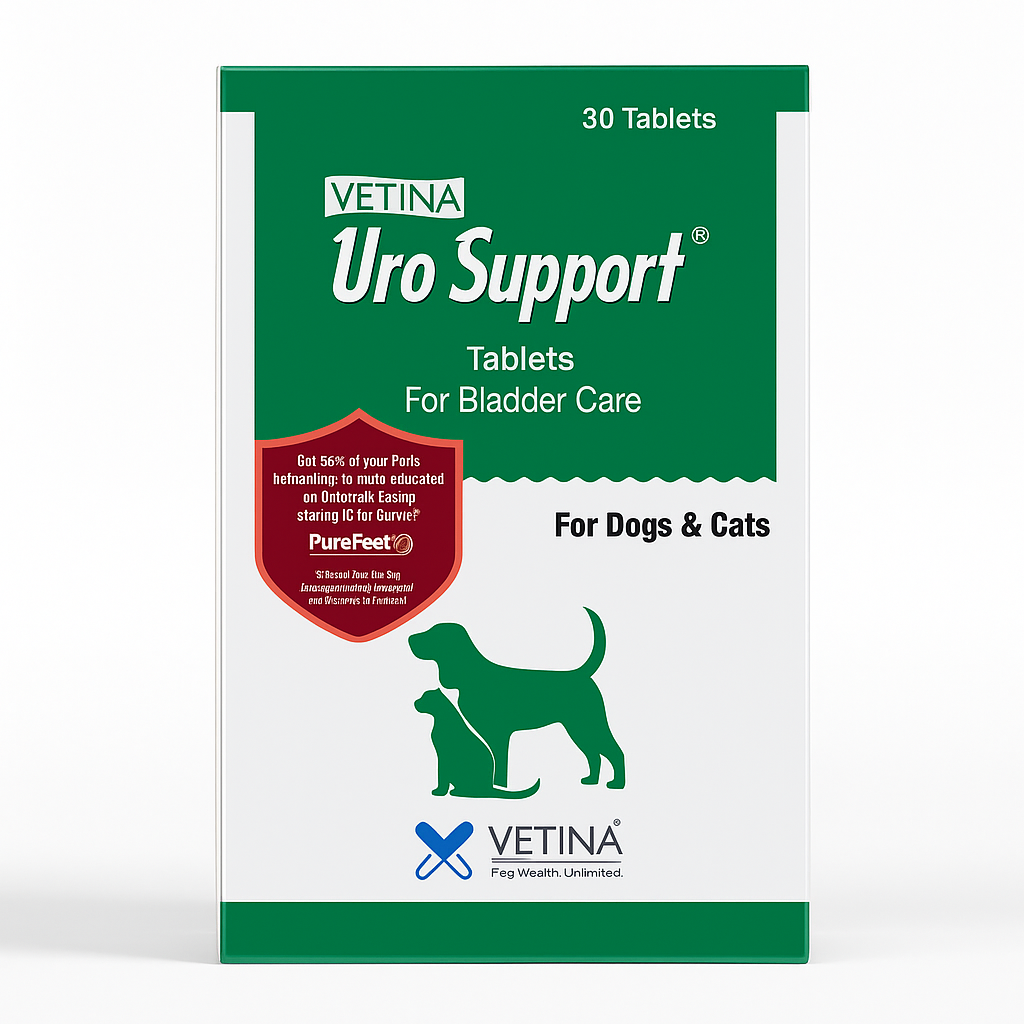
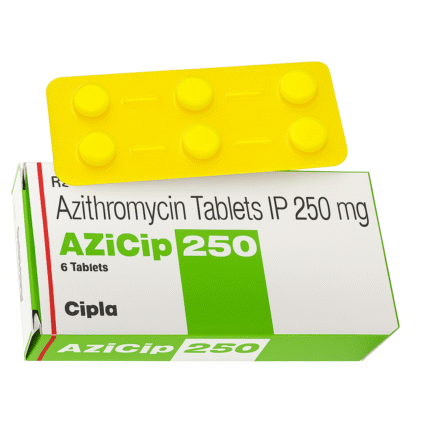
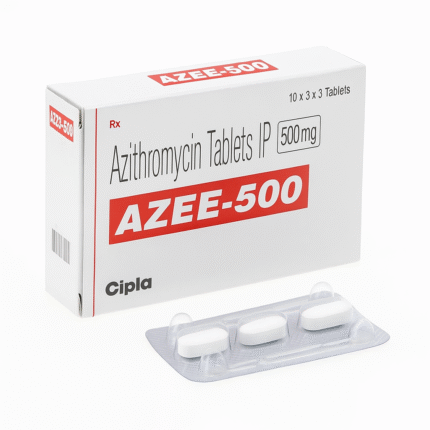
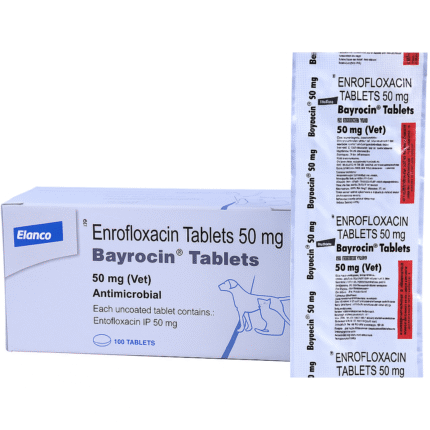
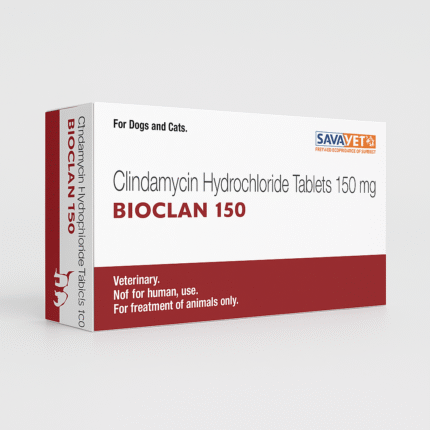
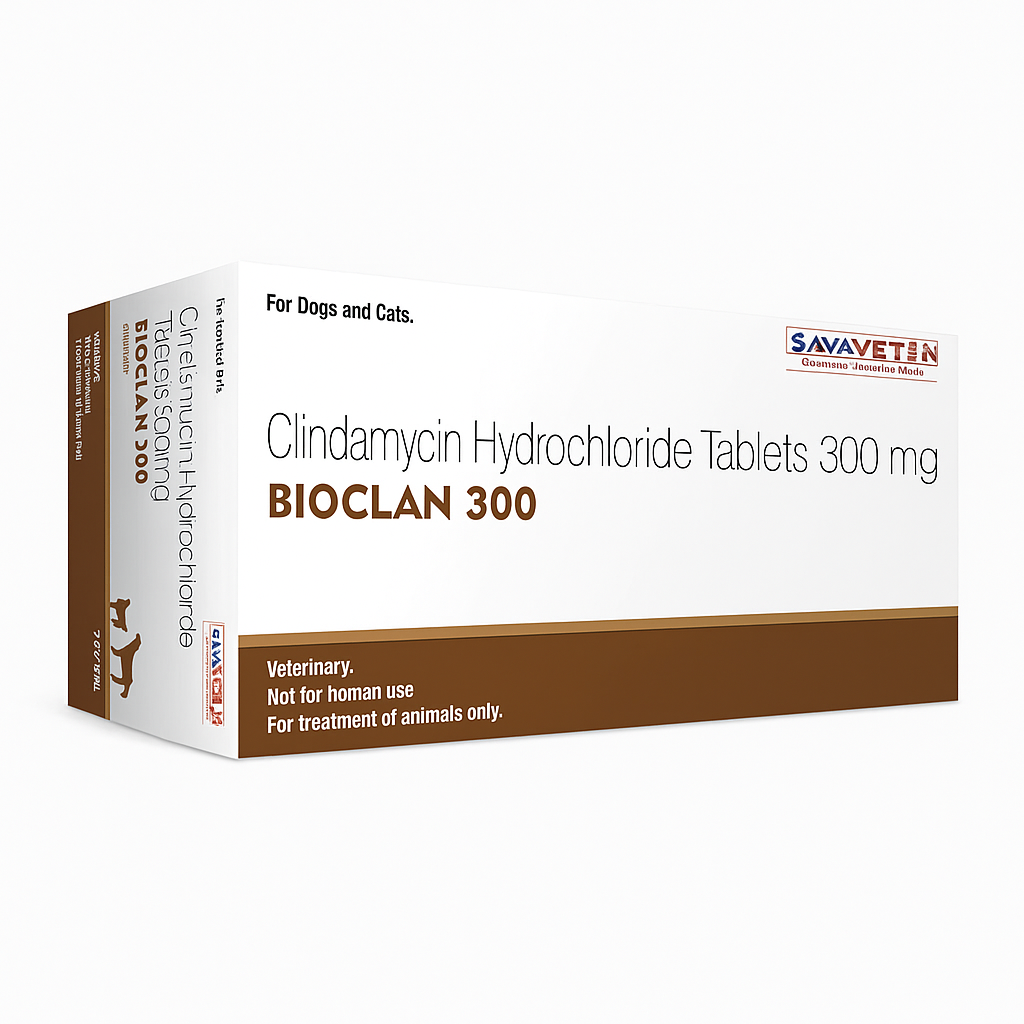


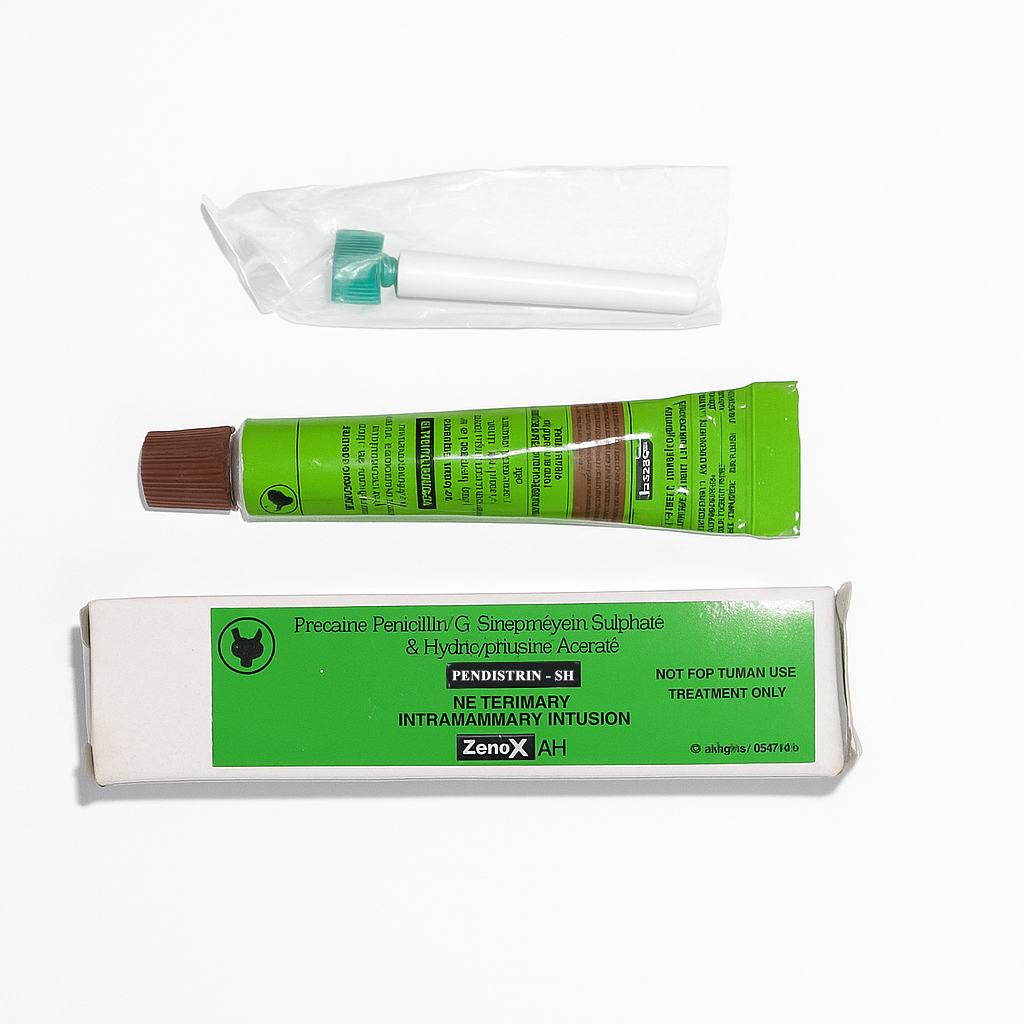
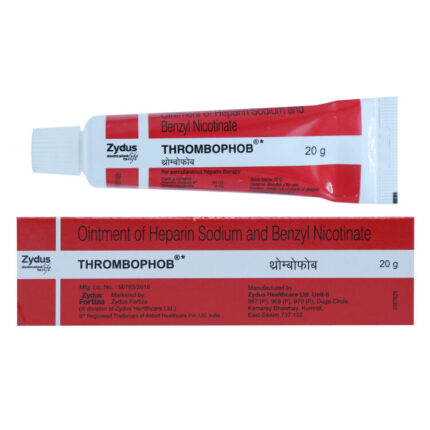
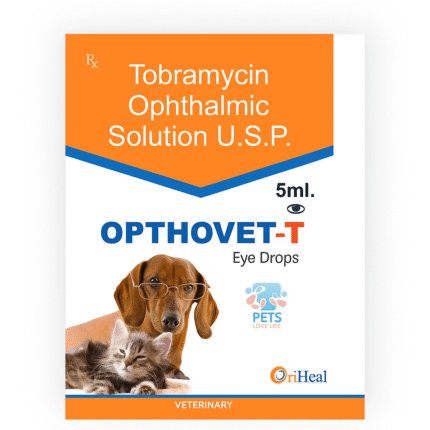
Reviews
There are no reviews yet.